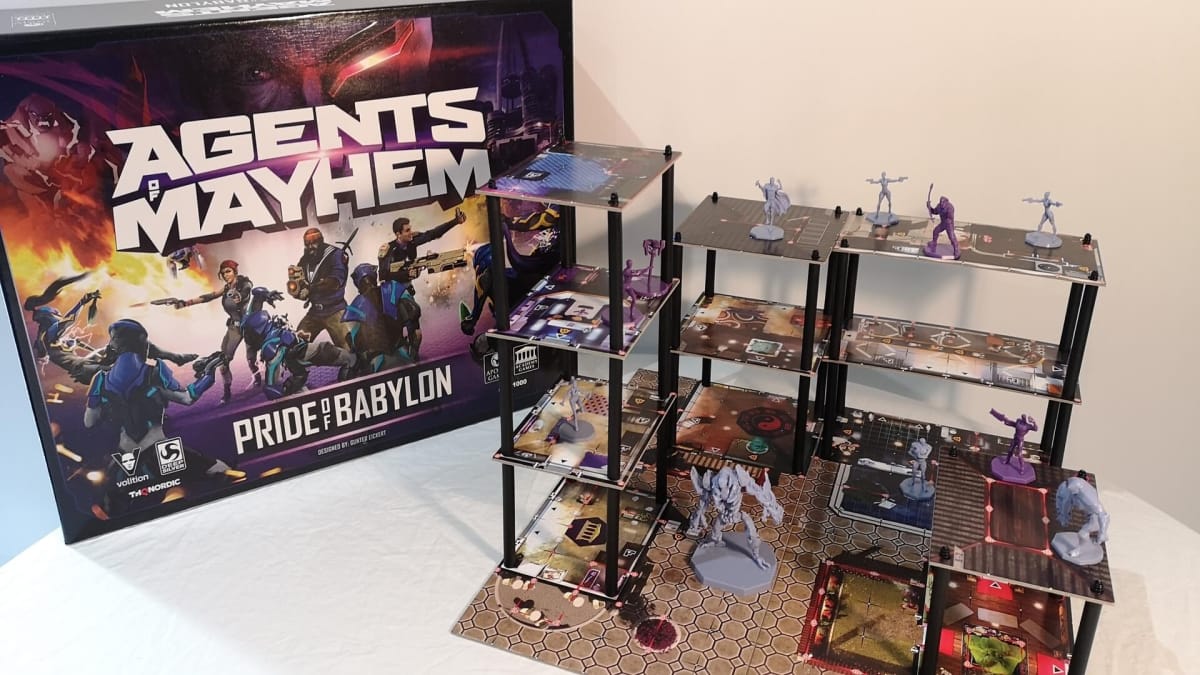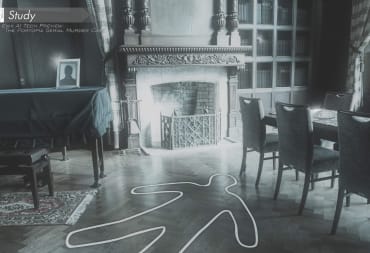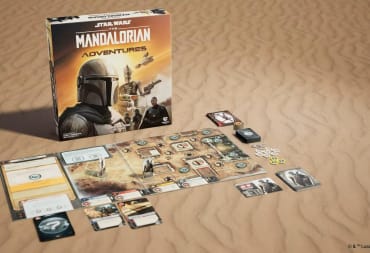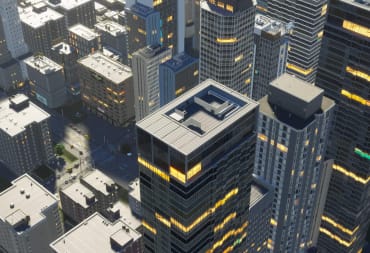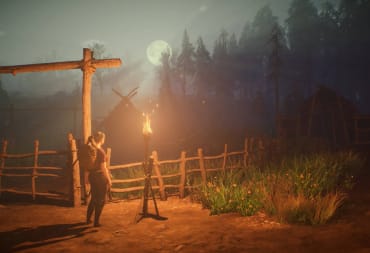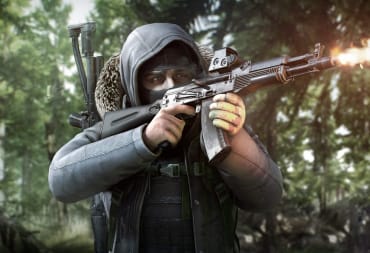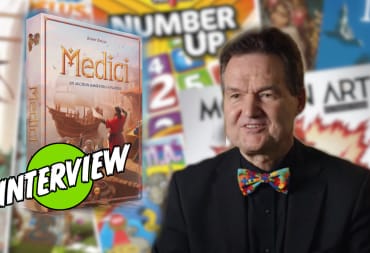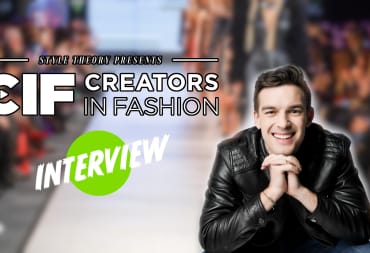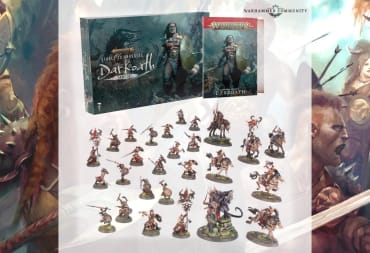We started our Video to Tabletop series last year, looking at how some franchises transition from video games to the tabletop. In this article, we’re going to look at Agents of Mayhem Pride of Babylon by Academy Games, which is based on the Agents of Mayhem video game by Volition and Deep Silver and set in the same universe at Saint’s Row. We’ll look at what the product is and also talk to Gunter Eickert the Game Designer about how they handled bringing the 3rd person shooter feel to the tabletop.
In our Video to Tabletop articles, we look into the development process of making a video game into a tabletop game. We’ll talk about why more and more IPs are moving into the tabletop genre. We’ll look at video game IP tabletop games and talk to development teams about the difficulties of bringing a video game to life on the tabletop.

You can buy all the Board Game Products from our Tabletop Sponsor, Firestorm Games.
Agents of Mayhem Pride of Babylon
Agents of Mayhem Pride of Babylon is more akin to a skirmish wargame than a board game. Players take on the roles of either Legion, trying to enact their evil plots. or the agents of Mayhem, trying to stop them.
The Agents of Mayhem Pride of Babylon Core Box includes 3 heroes for the Mayhem player to use. Hollywood, a rifle-wielding action star, Fortune, a fast lightly armored dual-pistol wielding fighter with drone support and Hardtack is a shotgun-wielding fighter with a harpoon option. The Legion player's troops work slightly differently and have access to Dr. Babylon, who wields a Dark Matter Scepter and has some great tech options and a variety of troops, known as Minions like the Swarm Troopers, deadly knife-wielding warriors or the Blitz Trooper with their devastating Gun Kata.
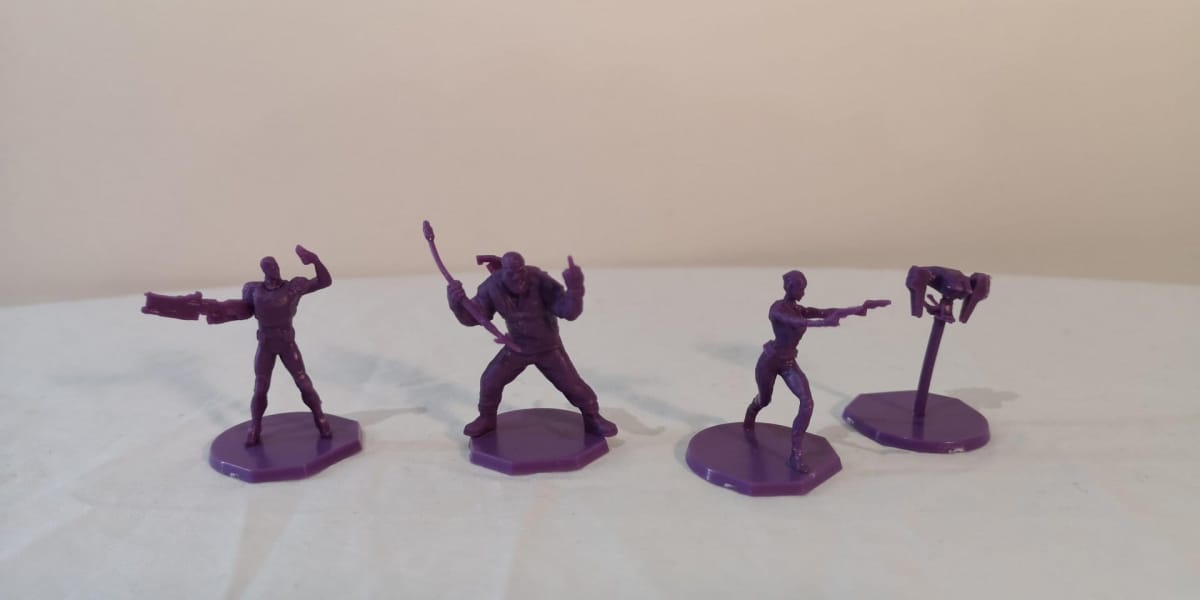
All the actions available to characters and minions are printed on their character's cards or boards and each action has a cost. The unit boards have spaces for different colored cubes, representing Speed, Focus, Tech, and Mayhem. Every action has a cost, such as Fortune's Dual Energy Pistol attack, which costs 1 Focus to use. Actions are divided into Main, Add-On or Instant. Main actions can only be used once per turn, but Instant and Add-On can be used as often as the character has cubes for. Attacks usually have a small movement built into the action, which allows for some maneuverability, but for larger movement values, main attacks are usually sacrificed that turn.
Each turn, a Refresh Card is drawn, and this allows characters that didn't activate during a turn to get some of their cubes back, along with the chance to remove negative effects. When characters take damage, red damage cubes are placed in the slots for Speed, Focus, Tech, and Mayhem, restricting a character's effectiveness until it can be healed.
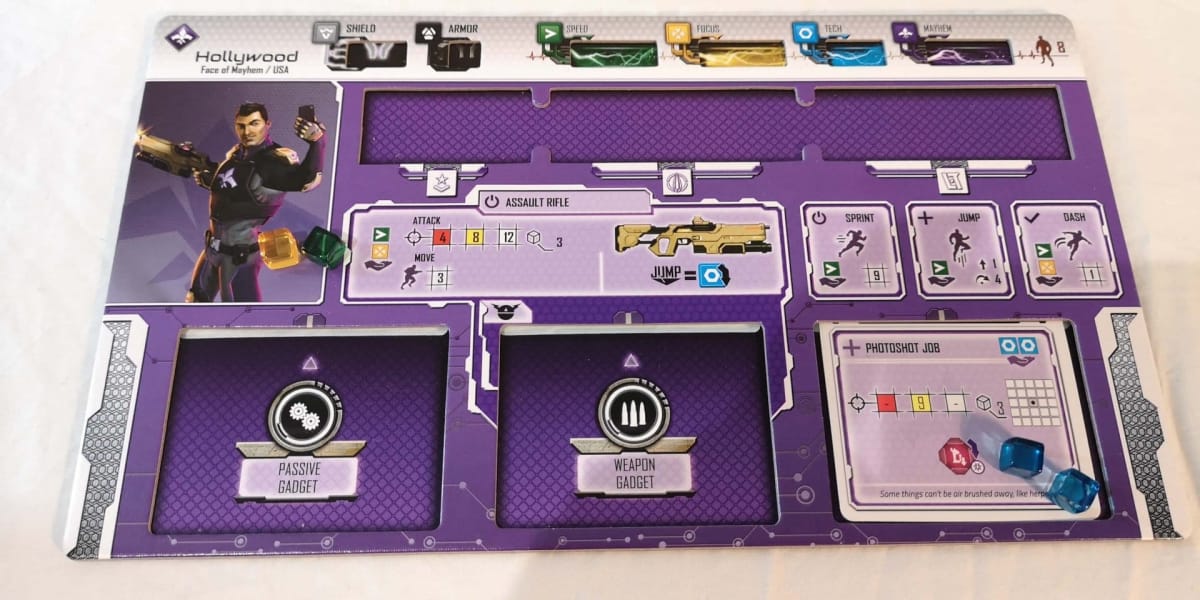
The action cubes add a very interesting dynamic to Agents of Mayhem as players need to ensure they have the cubes available to pay for actions, planning ahead which characters to activate and which to refresh. Do you hold back, saving for a big turn, or do a single action every turn, always running the line on available cubes?
Games of Agents of Mayhem Pride of Babylon take places on modular map tiles and 3D buildings. Buildings can also be destroyed by dealing explosive damage to levels and traversing levels are controlled by the movement actions on character cards. Agile characters can climb several levels during a single jump, but others might have to use multiple jumps to climb levels.
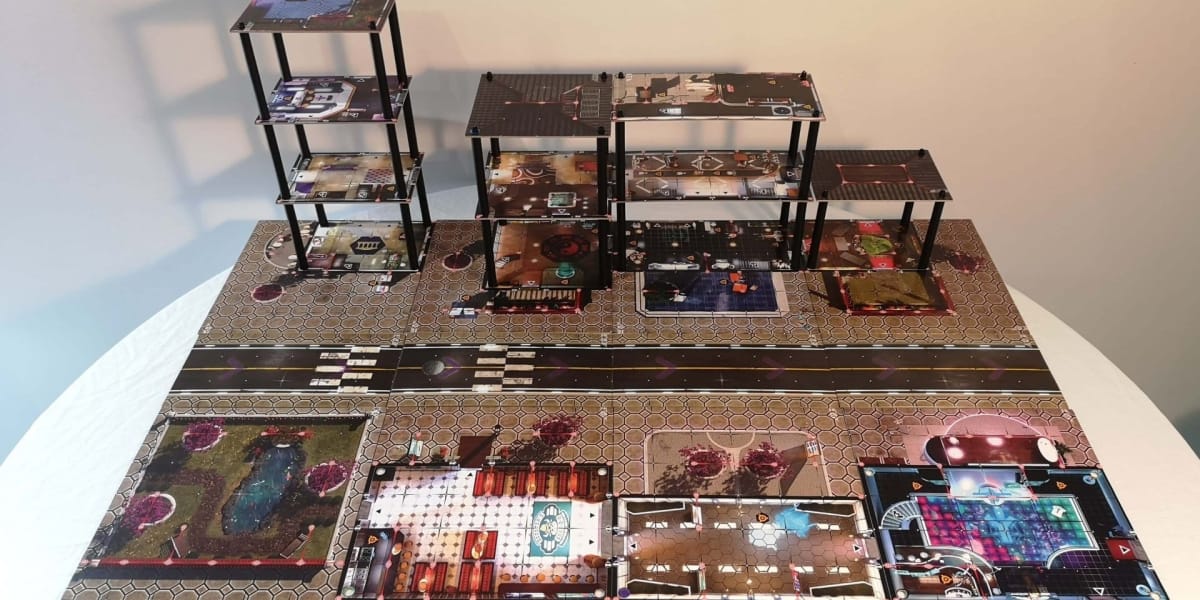
The onboarding process for Agents of Mayhem Pride of Babylon is stellar. It features 6 tutorial missions, which build up in complexity and allow you to get into the 6 normal missions, before taking on the campaign. The campaign system features a dynamic narrative system, with a linked story and objectives which are controlled with a set of Campaign Cards.
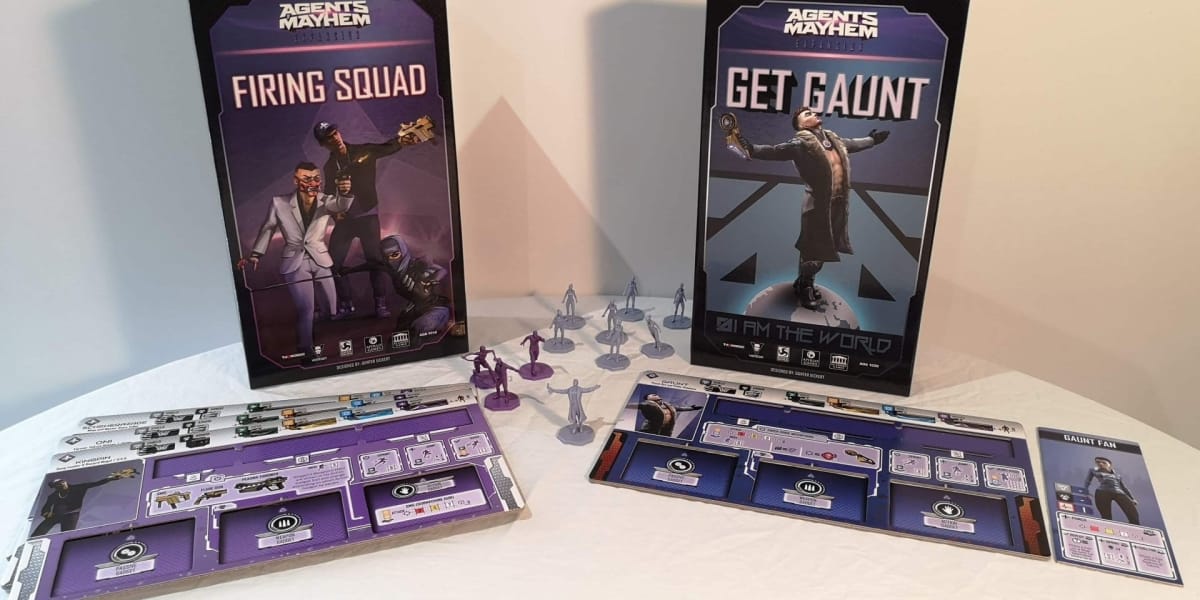
Expansion packs are available for Agents of Mayhem Pride of Babylon, which feature new Mayhem crews of characters and also Legion bosses. Available now is the Firing Squad expansion, giving Mayhem access to Oni, a Yakuza hitman with a silenced pistol, able to drop debuffs for maximum results, Scheherazade, a teleporting ninja able to attack multiple enemies and Kingpin, a flexible fighter with access to different weapons. Get Gaunt is a Legion expansion that brings Gaunt, a mind-controller and his army of fans to battle against the agents of Mayhem.
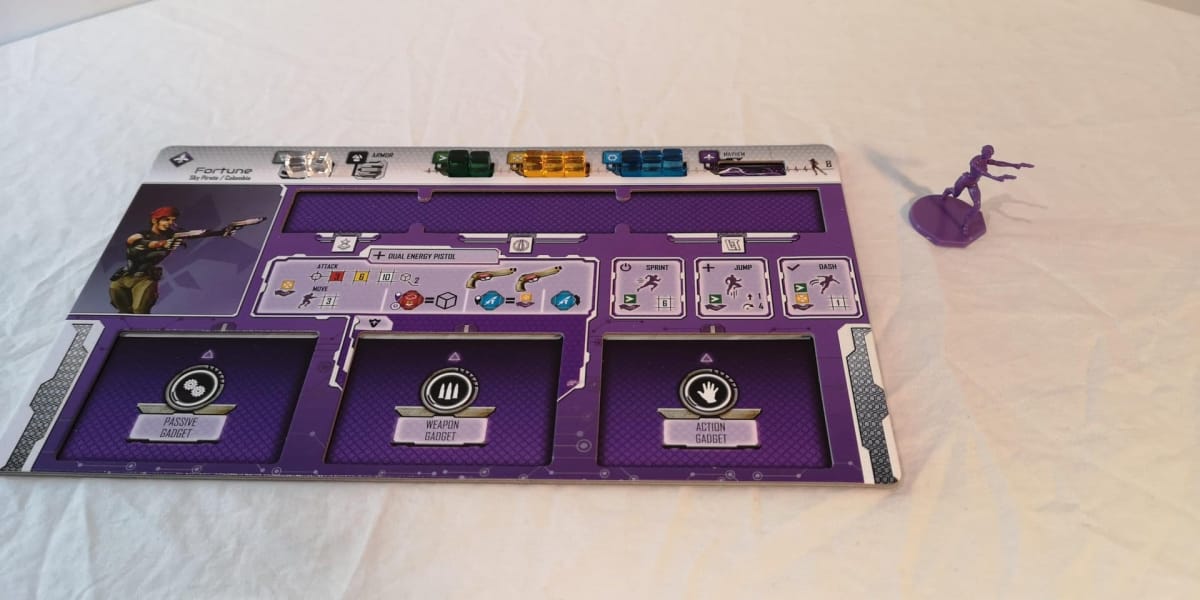
Agents of Mayhem Pride of Babylon Developer Interview
We spoke to Gunter Eickert the Game Designer of Agents of Mayhem Pride of Babylon about the development process and difficulties in bringing a video game to the tabletop.
TechRaptor: Talk us through the design process for Agents of Mayhem Pride of Babylon. Where did the idea come from? Was it an Agents of Mayhem IP first, with scope for different tabletop products, or was it always a skirmish game?
Gunter Eickert: The system was always a skirmish game and had already been in development for a number of years before Deep Silver Volition approached us. The system that included units that “refresh” and multilevel 3D buildings was originally designed as a modern-day squad combat game that focused on Urban Combat. The original setting was in Fallujah, Iraq during the Iraq War. We wanted to design a game that taught commanders how to use elevation effectively and deal with the unique conditions of an urban conflict as they clear a city block of hostiles.
When Deep Silver Volition came to us to design a game for Agents of Mayhem, using this system was immediately obvious. We just had to switch out the Marines for MAYHEM Agents, the military gear for super-powered gadgets, and the militants for LEGION bosses and their squads of troopers.
During the design process, we treated Agents of Mayhem just like a historical setting we use for many of our other games. We studied the video game intensely by playing it and reading a lot of its source material. We focused on making the board game represent the game accurately and able to recreate all the elements of the video game. We then cut out or altered all the elements that were not fun in the board game until we had the final product.
TR: In the design brief, what were the most important elements to get across?
GE: First, we wanted this to be a real tactics game where your choices matter. We didn’t want it to be a brainless shoot them up where you just roll dice back and forth until one side runs out of HP and Units. There are plenty of those available. We wanted this to be the game you play after you get bored of those light fighting games and keep playing for years.
Second, we wanted gameplay to have a fast pace. We didn’t want players to be waiting around for long periods while the other side does their turn. We wanted players to be making decisions every minute.
Last, we wanted the game to have a shallow start so that players could learn and start playing quickly but a lot of depth that players are introduced to as they play the game.
TR: What were some of the must-haves for mechanics?
Gunter: We started with the same key mechanics that make our award-winning Conflict of Heroes game system fun and then added some new ones.
The elements we wanted to carry over from Conflict of Heroes included:
- Fast back and forth gameplay where you take turns only taking actions with one unit. This is the main way we keep the pace of gameplay fast.
- Tactics where the position of your units and facing matter. Gaining flanking bonuses is one of the best ways to defeat an enemy.
Key new elements not in Conflict of Heroes included:
- 3D Terrain that you could take advantage of. Adding height bonuses to the flanking bonuses made the game more tactical.
- Agents of Mayhem’s “Refresh System” has you regenerate some of your unit's resources every turn. This means that if you are efficient in how you use your units, your units will never be completely spent and will be able to react.
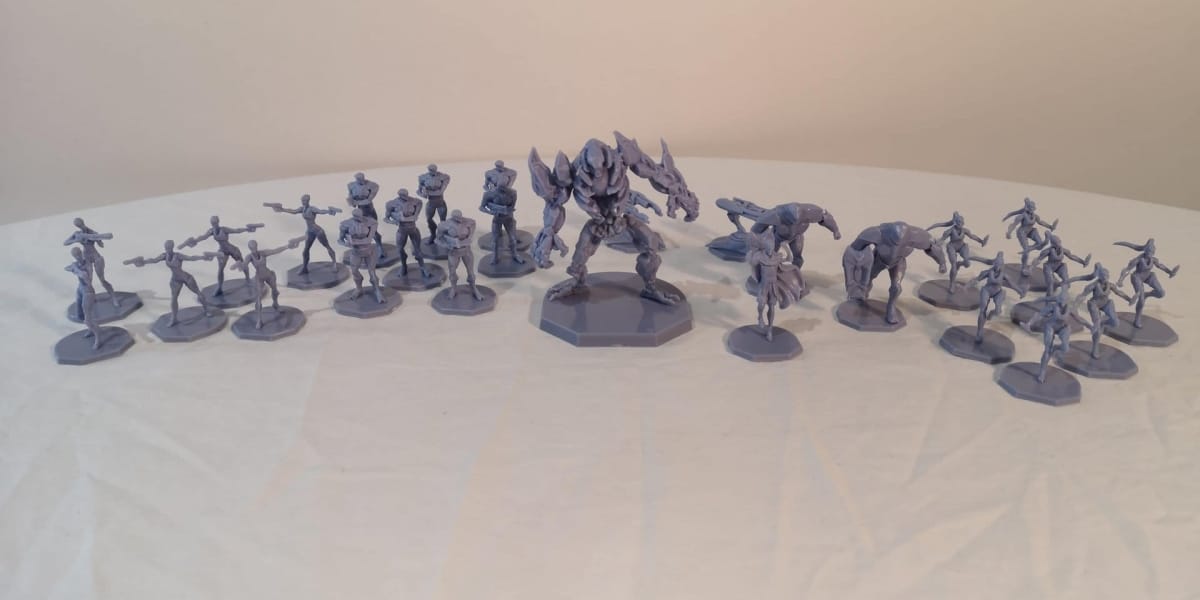
TR: Were there many changes from brief to production in terms of game mechanics?
GE: There were honestly no major mechanics changes. Just changes to how we presented those mechanics on cards, on character boards, and in the rules. All of that was many iterations of layout and graphic design. There were, of course, several years of balancing testing. Our decade of experience in designing tactical war games gave us the tools to design a fun game from the very beginning. We just had to figure out how to make it into a product.
TR: What was the biggest change during development?
GE: The biggest change was how much a unit could move each turn. In Conflict of Heroes, Units can only move 1 hex at a time and it works great. So we started out by letting Agents of Mayhem Units move up to 3 spaces in one turn but that just didn’t feel like enough for our playtesters. We then tested 6, and then finally 9.
Getting your units into a good position and then taking advantage of that position is what makes Agents of Mayhem Pride of Babylon fun at its core. At 3 movements, it was taking too many turns to get your Units into position. 9 movement proved to be the magic number that let you get your unit into position one turn and then Attack an enemy from that position the next.
This created a new problem though. When we first tested 9 spaces of movements, Units could move 9 spaces to flank an enemy and then fire on them with their weapons. This created a battle where players would just take turns leapfrogging each other to get the best attack. This did not make it feel very tactical. So we added the concept of Main Actions to the game and limited a Unit to one Main Action per turn. A character's two Main Actions are their 9 movement Action and their main weapon action. They now can’t do both in the same turn, forcing a player to decide whether they need to get their unit into a better position or if they are in a good enough position to fire.
TR: Were there any difficulties during development and production? How was the Kickstarter process for you?
GE: No abnormal difficulties during development but we did have some concerns during production. It was a problem that board games companies are always facing. Warped Boards.
We have always prided ourselves in producing some of the highest quality boards and as mechanical and material engineers, we know more than the average board game company about their production.
When we received production samples from the manufacturer, the boards warped terribly. We found out that several paper manufacturers in China had shut down recently, creating a shortage of high-quality paper. The alternative source our manufacturer tried just wasn’t good enough. We also noticed that almost every other game coming out at that time had a huge warping issue.
So we delayed production 3 months while high-quality paper board was shipped to China from Europe. It cost more but we did not want to release a game that did not match the quality of the rest of our games.
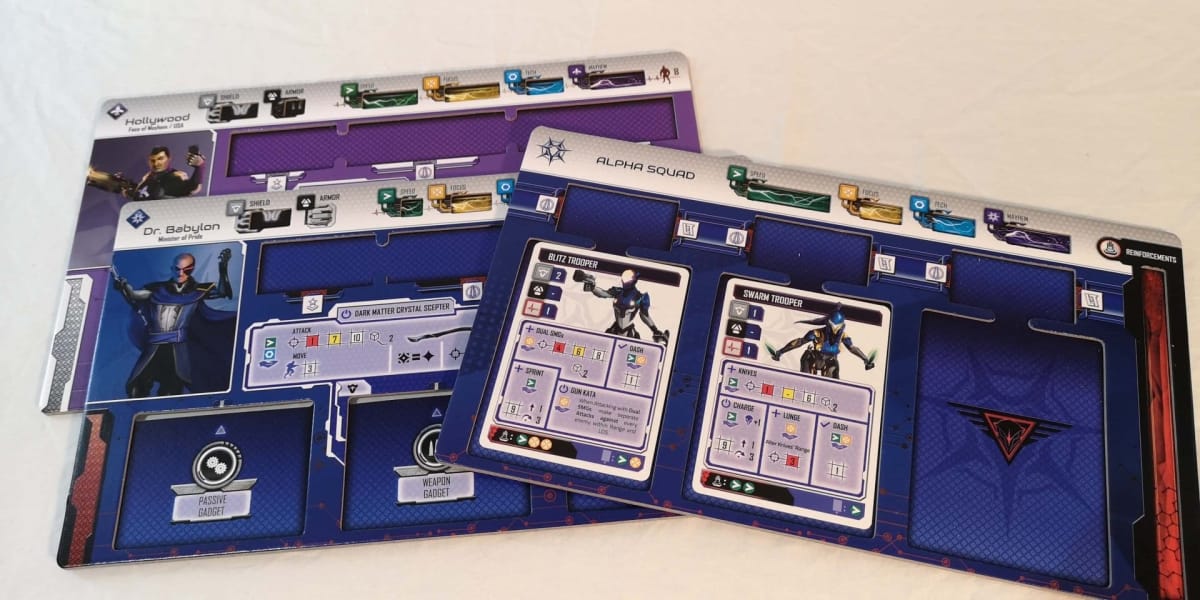
TR: How difficult was it to capture the feel of Agents of Mayhem on the tabletop?
GE: I wouldn’t call it difficult, just tedious. Every character from the video game has their own features and a unique play style. We spent a lot of time reproducing the feel of each character. We didn’t want all characters to feel the same except for one special power. We wanted a character to really change your tactics like they do in the video game. It was not hard to do this. What was hard was making it so that the mechanics each character used to make them special were shared with other characters. We didn’t want to have a whole new set of mechanics for each character.
Fortune's guns are a perfect example of this. In the video game, her guns get more powerful as she continues to shoot but eventually overheat. This required a lot of verbiage and explanation in the first versions of her character. Eventually, we figured out how to reproduce the feel with 2 symbols used in the rest of the game.
TR: A lot of effort has been spent on the scenarios presented in the campaign books, from the individual missions to the story campaign and campaign cards. How important was getting this element right during development?
GE: The hardest part was adding in the humor that is present in Agents of Mayhem. Humor is difficult in any medium but especially hard in a board game. This is one reason we opted to use comics to introduce each Mission.
As for the campaign, this was a bit of an excess to include. There is already a lot of game in Agents of Mayhem Pride of Babylon with the individual Missions and the Mission Generator system that allows you to make more. The campaign was like designing an additional game and it added a whole year to the development. We did it though because it is so cool and there is nothing else like it in board games. Most campaigns in games are very linear. The campaign we created is more like a choose your own adventure book where your choices during a Mission direct the story down hundreds of unique paths. No group's playthrough will be remotely the same. We also wanted to include the campaign in Agents of Mayhem so that it could be a framework for designers working on our other games. We had to start off somewhere, and the narrative-heavy nature of Agents of Mayhem made it a perfect game to start with.
TR: You've got a mixed audience with tabletop fans and Agents of Mayhem fans. Was there difficulty in balancing it for both audiences?
GE: It normally would be but we decided to just ignore the issue. This is our first non-historical game, so we knew that some of our historical board game fans would not play Agents of Mayhem Pride of Babylon just because it is not a historical game. We also knew that not every video gamer would be interested in trying a board game. So we just focused on making a great game because that is the only real thing that matters for a board game to be successful. If the game is fun, gamers will play it. This has resulted in a lot of first time Academy Games players who have never tried one of our historical games but have liked playing Agents of Mayhem Pride of Babylon.
TR: How was it working with Volition for this project? How much involvement did they have in terms of development?
GE: The folks at Volition were fantastic partners. They are so passionate about this project and offered any support and help we asked for. They were our first playtesters and their mix of board gamers and video gamers gave us great feedback on what changes we needed to make to the board game. Once they felt like they were playing the video game in physical form, we knew the game was ready.
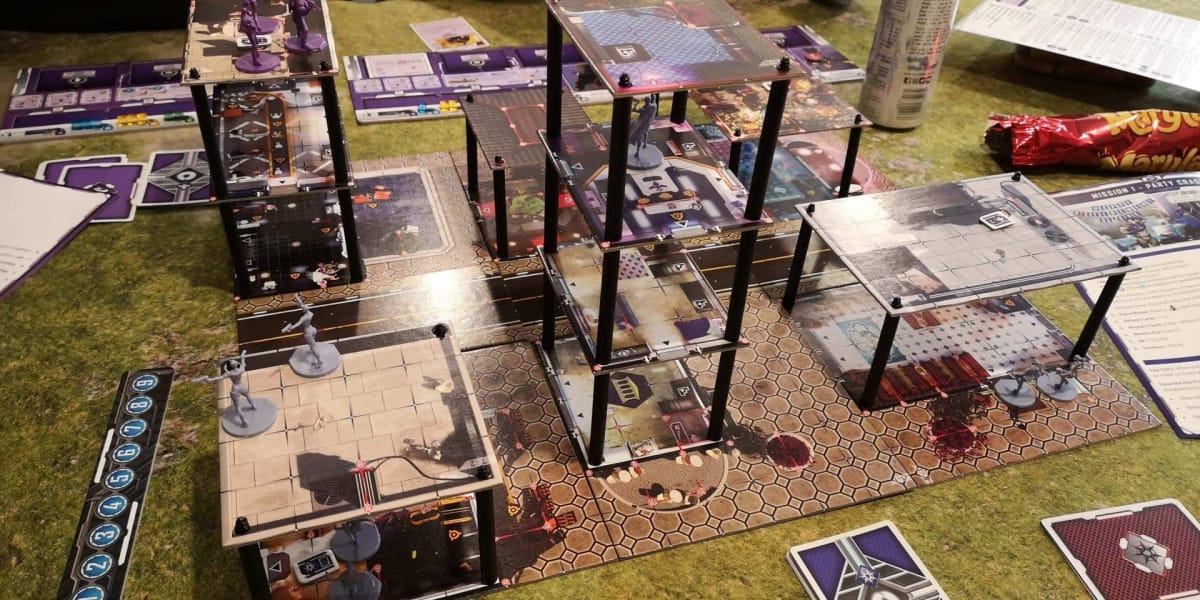
TR: Tabletop games is a hugely growing and developing industry. What does Agents of Mayhem bring to the genre?
GE: The tabletop games are becoming a lot more popular which means a lot of new board gamers entering the market. This is why you see so many lightweight and theme-based games coming out every year. They are a lot of fun and the best entry points for new gamers. However, they don’t always grow well as a new gamer starts to look for a game with more substance.
This is where Agents of Mayhem Pride of Babylon shines. While it is easy to learn and start playing, it offers the depth that many other games lack. It also offers a premium experience with the highest quality components. And of course, just setting up the games 3D buildings make it stand out on any table. There hasn’t been a tactical board game like it yet, which is one reason it is hard to sell. We can’t say, this is like this game but with these changes. Almost everything is novel in Agents of Mayhem, from the 3D Buildings and unit refresh system to the radiant story campaign.
TR: What’s the future for Agents of Mayhem Pride of Babylon?
GE: There are still several MAYHEM and LEGION characters that we plan on releasing expansions for. We will be launching a Kickstarter for these characters later in 2020.
TR: Which is your favorite Agents of Mayhem Pride of Babylon character or unit?
GE: I always love playing as Hardtack. I just love using his Teleharpoon to move an enemy around. I also just love his personality in the video game. He is a fun guy that you love being friends with but you are also secretly afraid of him because you know he could kick your ass if he wanted to.
TR: Had you played Agents of Mayhem or Saints Row before development and did you play a lot during development?
GE: I had played Saints Row IV previously but only got the chance to start playing Agents of Mayhem once we started developing the game since it was still in development. I got to play the Alpha and Beta versions for 2 years before it was released. It was really cool seeing how the game changed and improved over that time.
TR: Thank you very much for taking the time to answer our questions.
GE: Thank you. I could talk about Agents of Mayhem all day!
The copy of Agents of Mayhem Pride of Babylon used for this article was provided by Asmodee UK.
What's your favorite tabletop video game? What do you think of Agents of Mayhem Pride of Babylon's mechanics? Who's your favorite Agents of Mayhem character? Are you Legion or Mayhem? Let us know in the comments below.
Have a tip, or want to point out something we missed? Leave a Comment or e-mail us at tips@techraptor.net
